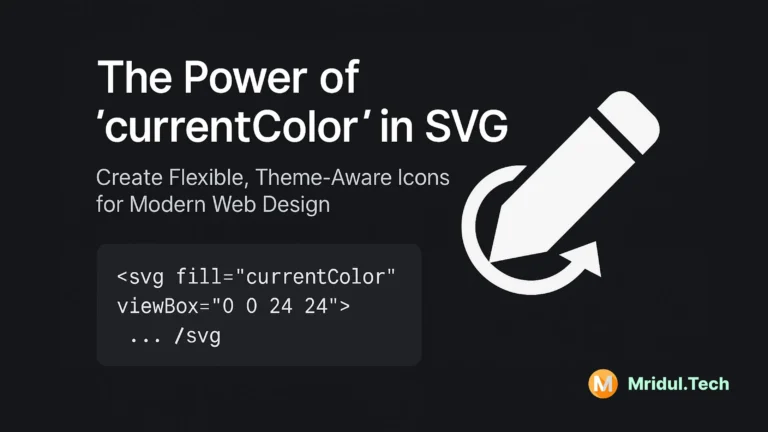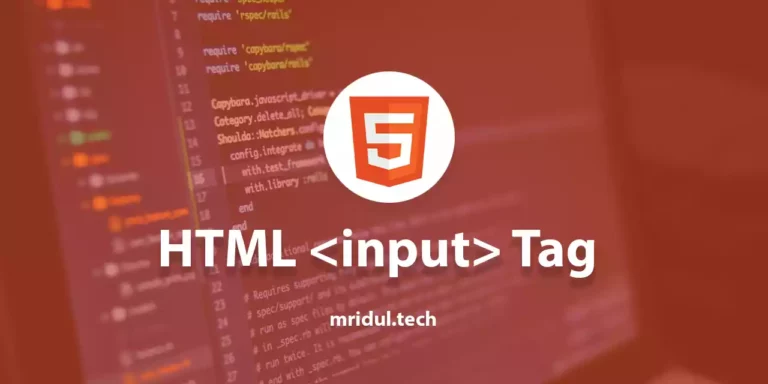Imagine reading a book without chapters, headings, or sections-just a massive wall of text. Confusing, right? That’s exactly what a web browser faces without semantic HTML.
What Is Semantic HTML?
Semantic HTML refers to the use of HTML tags that clearly describe their meaning and structure both to the browser and to developers. Instead of using generic elements like <div> and <span>, semantic HTML uses tags such as <article>, <section>, <header>, <footer>, <nav>, and <main> to define different parts of a web page.
These tags not only improve readability and maintenance of your code but also enhance SEO performance, accessibility, and overall user experience.
Why Semantic HTML Matters for SEO
Search engines like Google rely on HTML structure to understand page content. By using semantic elements, you:
- Help crawlers determine the importance and context of your content.
- Improve crawlability and indexing efficiency.
- Boost your chances of showing in rich snippets and featured results.
- Align with Google’s best practices for technical SEO.
Semantic HTML creates a logical document outline, which significantly increases your chances of ranking higher in SERPs.
Top Semantic HTML Tags You Should Use
1. <header>
Defines introductory content or a group of navigational links. It often contains:
- Website logo
- Navigation menus
- Taglines
Use Case: Place your primary site heading or branding element here.
2. <nav>
Represents the navigation section. Helps search engines and screen readers identify important site links.
Tip: Use only one main <nav> for your primary navigation. Use ARIA roles for secondary ones.
3. <main>
Defines the central content unique to the page, excluding headers, footers, or sidebars.
SEO Advantage: Helps search engines understand what the page is primarily about.
4. <section>
Represents a standalone thematic grouping. Ideal for breaking content into logical blocks.
Best Practice: Give each <section> a heading to improve screen reader navigation.
5. <article>
Used for self-contained, reusable content like:
- Blog posts
- News articles
- Forum posts
6. <aside>
Marks complementary content that is tangentially related, like sidebars or callouts.
7. <footer>
Represents the closing content, often with:
- Copyright
- Sitemap
- Contact information
8. <figure> and <figcaption>
Used to semantically group media content like images or videos with a caption.
How Semantic HTML Enhances Accessibility
Screen readers and assistive technologies rely on semantic tags to provide context and navigation for users. Here’s how semantic HTML helps:
- Landmark roles automatically applied via semantic tags reduce the need for ARIA.
- Users can skip to content using keyboard shortcuts.
- Helps visually impaired users understand content hierarchy and purpose.
By embracing semantic HTML, you meet WCAG (Web Content Accessibility Guidelines) standards, making your site more inclusive and compliant.
SEO Benefits of Using Semantic HTML
1. Clearer Content Structure
Google’s algorithm prefers well-organized content. Semantic tags convey hierarchy, aiding contextual indexing.
2. Rich Snippets and Featured Snippets
Proper use of tags like <article> or <header> increases your eligibility for enhanced search features.
3. Reduced Bounce Rate
Semantic structure improves readability and scannability, encouraging users to stay longer on your site.
4. Improved Mobile and Voice Search Optimization
Semantic HTML complements responsive design and voice search algorithms that rely on context to fetch results.
Best Practices for Implementing Semantic HTML
1. Use Headings Wisely (<h1> to <h6>)
- Only one
<h1>per page. - Use headings to reflect content hierarchy.
- Avoid skipping heading levels.
2. Avoid Overusing <div> and <span>
Only use these non-semantic tags when no suitable semantic alternative exists.
3. Use ARIA Only When Necessary
Let semantic HTML handle roles naturally. Use role="navigation" or role="main" only if semantic tags are unavailable.
4. Group Related Elements Together
Use containers like <section> or <article> to keep similar content logically grouped.
5. Use Descriptive Alt Text and Captions
For all visual media, include meaningful alt attributes and consider using <figcaption> for context.
Common Mistakes to Avoid
- Over-nesting semantic tags (e.g., placing
<nav>inside multiple<section>tags) - Using multiple
<main>tags - Skipping heading levels
- Styling with divs instead of structural tags
- Neglecting accessibility in dynamic components
Correcting these errors leads to better UX, SEO, and performance.
How Semantic HTML Boosts Core Web Vitals
Semantic HTML enhances Core Web Vitals, Google’s key performance metrics:
- Largest Contentful Paint (LCP): Semantic structure ensures fast content rendering.
- First Input Delay (FID): Reduced JS dependency via semantic structure improves input responsiveness.
- Cumulative Layout Shift (CLS): Organized content prevents unexpected shifts.
Using semantic HTML aligns with Google’s page experience signals, which are vital for modern SEO.
Also Read: How to add input tags in HTML
Semantic HTML and JavaScript Frameworks
Even in React, Next.js, or Vue, it’s important to preserve semantic structure. Replace excessive <div> usage with proper HTML5 elements to retain SEO benefits.
Basic Example:
return (
<main>
<article>
<header><h1>Welcome</h1></header>
<section><p>This is a paragraph</p></section>
</article>
</main>
)Blog Layout Example
<article>
<header><h1>Blog Title</h1></header>
<section>
<p>Blog content goes here...</p>
</section>
<footer>Published on July 10, 2025</footer>
</article>E-commerce Product Page Example
<main>
<section>
<figure>
<img src="product.jpg" alt="Green Herbal Tea" />
<figcaption>Green Herbal Tea - 250g</figcaption>
</figure>
<article>
<h2>Description</h2>
<p>Pure, organic, and delicious...</p>
</article>
</section>
</main>Semantic HTML in Modern Frameworks
React and JSX
JSX encourages semantic tags, but it’s easy to fall back to <div>s. Don’t. Use <header>, <main>, <section>, etc.
Next.js and Semantic Templates
Next.js uses _document.js and _app.js to control structure-opt for semantic HTML here too for better SEO and accessibility.
Also Read: The Power of SVG fill currentColor
Tools to Validate and Improve Semantic HTML
HTML Validators
Accessibility Auditing Tools
Semantic HTML isn’t just a best practice-it’s a must-have in modern web development. It gives your content structure, meaning, and accessibility. Whether you’re coding a blog, building an e-commerce store, or optimizing for SEO, semantic HTML sets the foundation for success.
You may also like
The Power of SVG fill currentColor

May 01, 2025
·4 Min Read
When working with Scalable Vector Graphics (SVGs) in modern web development, mastering the use of SVG fill currentColor is essential for creating flexible, theme-consistent, and maintainable user interfaces. This technique allows SVG icons to inherit the text color (color CSS property) of their parent elements, unlocking powerful theming capabilities. Also Read: How to Use SVG […]
Read More
How to add input tags in HTML

Jul 24, 2022
·6 Min Read
The <input> tag specifies an input field where the user can enter data. Input tags are the most important form elements. Input tags can be displayed in many ways depending on their attributes. The different types of HTML input tag are present in this post. How to add input tags in HTML? An input tag […]
Read More



